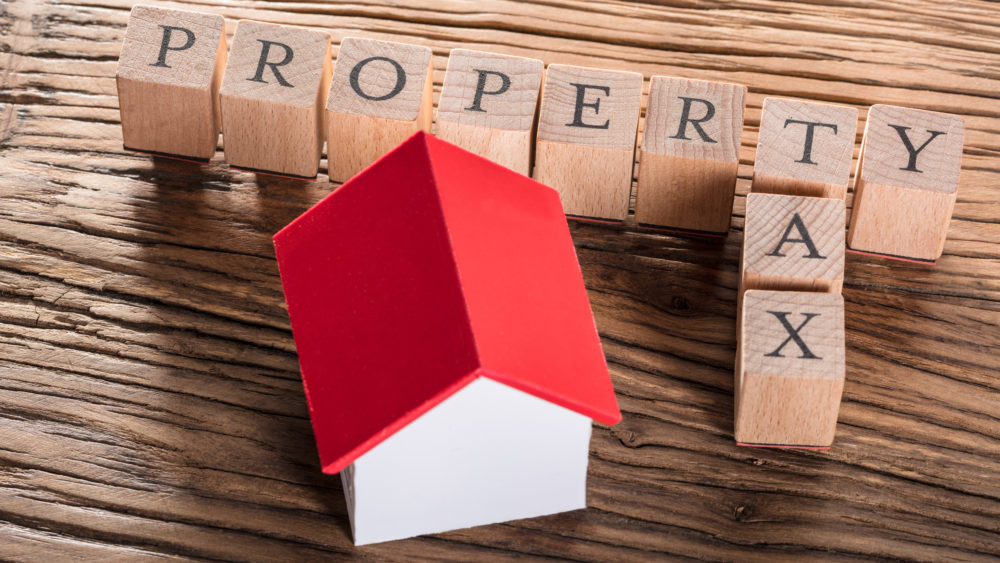Some political analysts believe it’s easier to get approval of bond and tax measures if voter turnout is low.
Were you pleased with the results of the June election? I wasn’t. Take the five-person race for Sonoma County’s fourth district supervisor. The candidate endorsed by The Press Democrat, successful business owner Ken Churchill, had probably studied the county’s finances more than the other four candidates combined and possessed both the understanding and experience to deal with the county’s biggest problems: pension bond debt, unfunded pension liabilities, massive annual pension expenses and county services that are underfunded due to the financial debacle. But voters went with two other name-brand candidates, one whose primary financial backing comes from unions and another who’s spent barely a year of his adult life in Sonoma County.
I was also concerned about low voter turnout; only 30 percent of registered voters cast ballots, mostly by mail. Only 7.3 percent of registered voters actually went to polling places. Why is low voter turnout important? Some political analysts believe it’s easier to get approval of bond and tax measures if voter turnout is low. Does that mean there were a lot of bond and tax measures on the June ballot? You bet.
There were no fewer than six local bond and tax measures on the June 3 ballot. All passed, but did people really understand what they were voting on? Consider Measure B, for the Cotati/Rohnert Park Unified School District. It authorized borrowing an additional $80 million for school construction and upgrades. Repayment will come from extra charges on property tax bills averaging $250 per year for a home worth $500,000. It might take up to 30 years to pay off the debt. The “yes” vote was 63 percent but from only 4,152 voters.
Measure C, for the Petaluma Joint Union High School District, authorized borrowing an extra $68 million, which would cost homeowners with a $500,000 home an estimated $145 per year. The “yes” vote was 63.9 percent but from only 7,109 voters.
Measure D, for the Bellevue Union School District, authorized borrowing $12 million. The “yes” vote was 62.7 percent (920 voters). Measure E, for the Petaluma City School District, authorized borrowing $21 million. The “yes” vote was 67.2 percent, but from only 3,386 voters. And Measure F, for the Rincon Valley Union School District, authorized borrowing $35 million. The “yes” vote was 66 percent, but from only 4,824 voters.
Looking at totals, it means about 20,000 “yes” voters authorized a whopping $216 million of additional debt, to be paid back by property owners over a period up to 30 years. There are 241,000 registered voters in Sonoma County.
But wait, there’s more! Cotati voters—well, actually only 657 “yes” voters—approved a big “transaction and use” (sales) tax measure, replacing a 0.5 percent sales tax increase (set to expire in 2015) with a 1 percent sales tax that will run for nine more years.
Thus, with very rare exceptions, it appears that voters in Sonoma County will approve virtually every bond or tax measure, perhaps with little regard to the amount of debt and tax being authorized or duration of tack-ons to property tax bills. One key to voter approval is in the language of the measures, which tout, at the beginning, all the benefits. The cost is always at the end, as if those in favor of the bond or tax hope voters will get tired and stop reading. Or, like Cotati’s big sales tax measure, you fool the voters with numbers. The end (of course) of the Cotati’s ballot measure description reads, “shall the city of Cotati extend (the existing sales tax increase) and set the rate at 1 cent.” That sounds like virtually nothing, right? But what if the measure read, “shall the city of Cotati increase the existing sales tax add-on by 100 percent (from 0.5 percent to 1 percent)?” That might actually inform some voters that the sales tax increase is actually quite significant.
Do all these bonds and extra taxes add up? Yes, they do. There are no fewer than eight “voter-approved taxes, taxing agency direct charges and special assessments” on my property tax bill. They increase my bill by 12 percent, or, in Cotati-speak, $0.12. The tax bill lists telephone numbers to call if you have questions about these taxes and assessments. I called to find out how long the “Santa Rosa Storm Water Ent" direct charge had been on property tax bills. I was left speechless when an answering machine message said, “Extension 3087 is out of the office and will not be checking messages. Please leave a message after the tone.” Not checking messages but please leave a message? I should have quoted the pundit who said, “Where there’s a single thief, it’s robbery; when there are 1,000 thieves, it’s taxation.”




